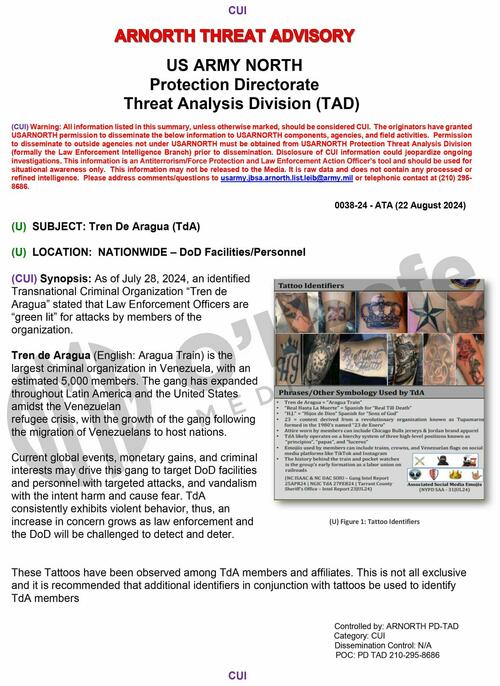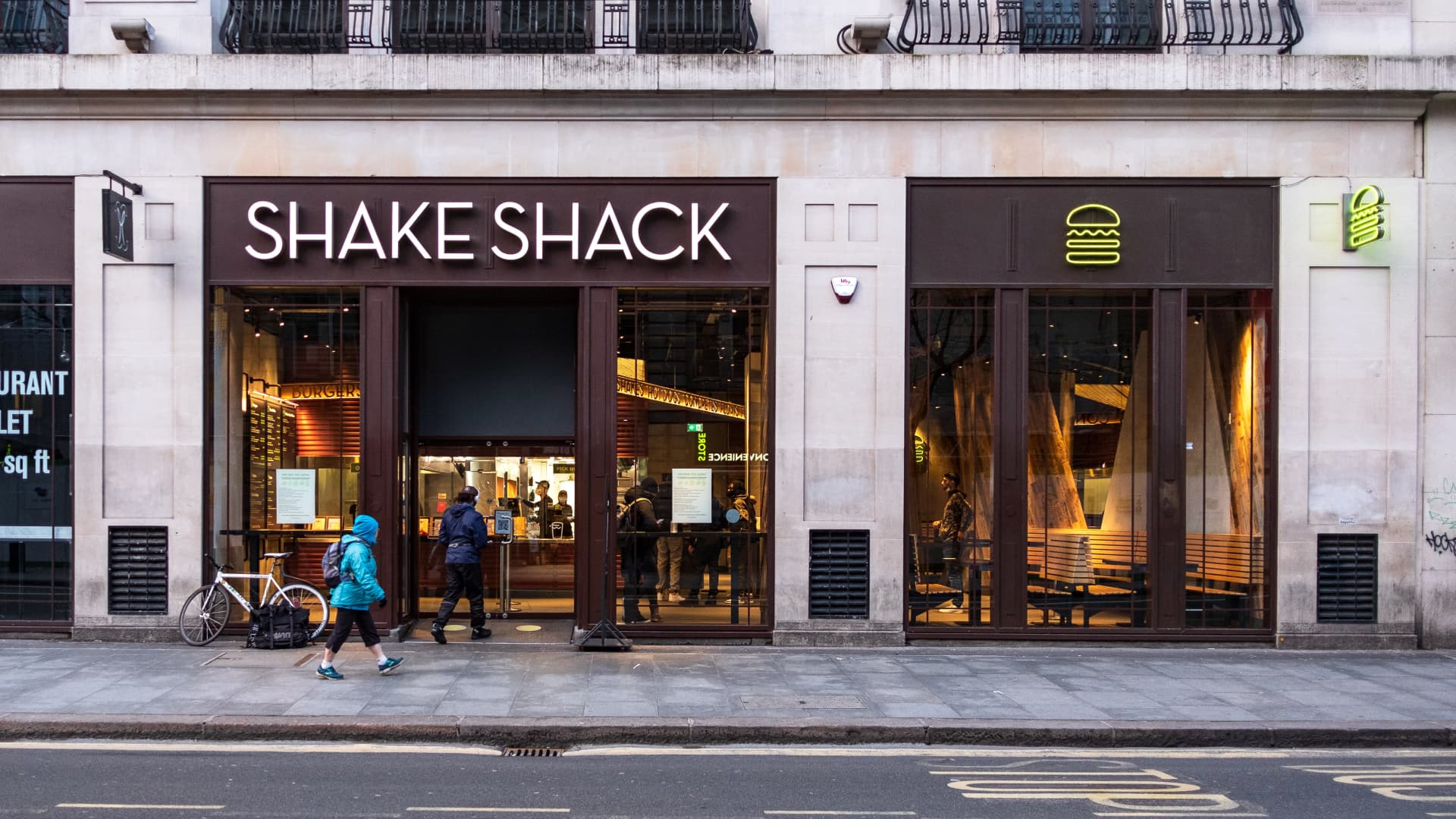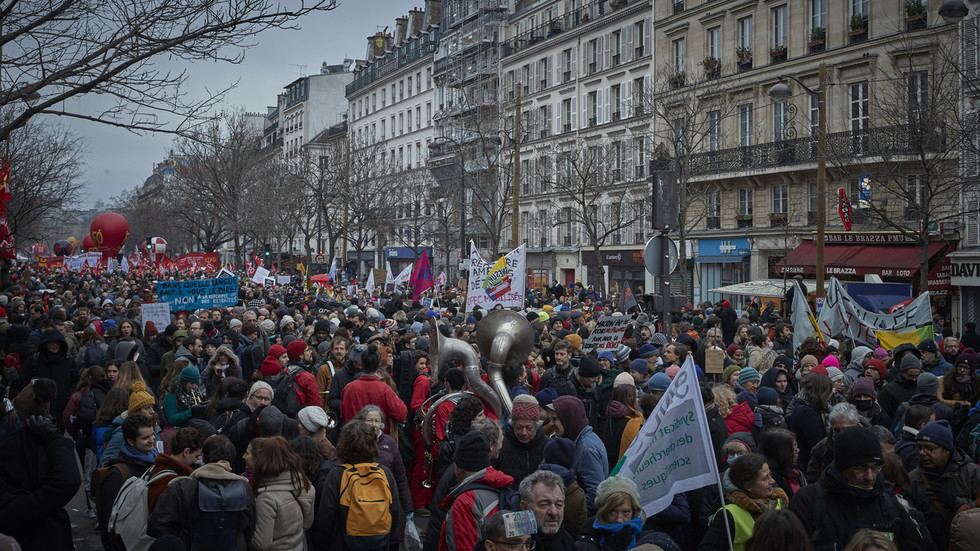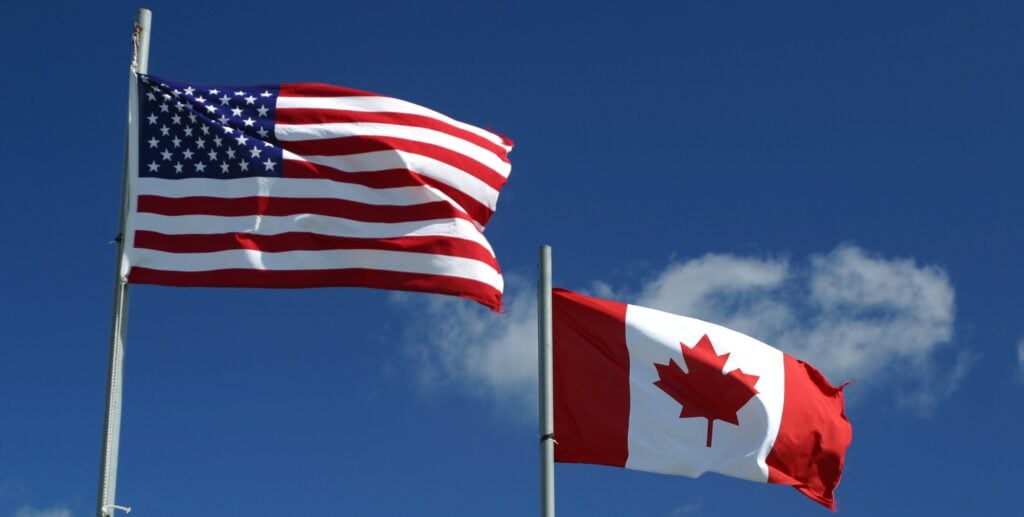As India embraced the public-private partnership mode for infrastructure development, viability gap funding (VGF) became inevitable. Mint decodes VGF, its importance and how it is executed.
What is a viability gap?
Not all projects that are executed under the public-private partnership (PPP) mode are economically feasible and financially viable. Some, while being economically sound, will fall short on financial viability, meaning the private sector will not be able to fund and execute such projects on its own. To solve this problem, governments typically step in to fund the gap – the amount that is needed to make the project financially viable. This gap is called the viability gap.
Why are projects executed in PPP mode?
In emerging economies, governments seldom have funding to execute all projects. They typically look to the private sector to share the load and help execute projects, especially in the infrastructure space. The involvement of the private sector improves the efficiency and effectiveness of the project. It also frees up funds for the government to invest in more socially relevant projects.
Which projects have had viability gaps in recent times?
UDAN – the regional air connectivity scheme – is the perfect example. The scheme’s objective is to stimulate regional air connectivity and make air travel affordable to the masses. Under it the government has operationalised many small airports across the country. It has also capped fares. But airlines do not find it profitable to fly to these airports. The government has pushed them into servicing them by promising to fund the viability gap. As of January 1, 2023, the government has released funds to the tune of ₹2,355 crore to select airlines for flying UDAN routes. Metro projects that are being built across the country also have viability gaps that are funded by the government.
How does the government fund the viability gap?
The government provides a one-time payment or a deferred payment to fund the viability gap in PPP projects. In November 2020 it approved the continuation of the Viability Gap Funding Scheme under the PPP model till FY25. It has allocated ₹8,100 crore for the purpose.
To what extent does the government fund the viability gap?
The extent of funding varies from project to project and depends on operational-cost recovery. For instance, social-sector projects such as wastewater treatment, solid waste management, health and education, which have 100% operational cost recovery, will get viability gap funding from the central government of up to 30% of the project cost. Some projects get more. State governments too chip in with VGF in some cases.
Download The Mint News App to get Daily Market Updates.
More
Less
Updated: 04 Jun 2023, 11:09 AM IST















